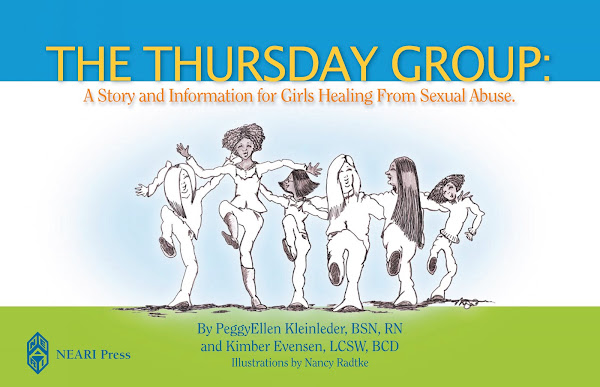Making a Comfort Box can help with over-whelming feelings. Sometimes difficult memories or thoughts of wanting to hurt yourself can overwhelm you. When this happens, it helps to have a place to go or imagine going to help you remember about the good stuff in your life, or the things you want to do in the future. If you don’t have a plan, it’s easy to get lost in the overwhelming feelings. When you have a plan, you can help yourself feel more stable and safe.
To make a Comfort Box, simply get an empty shoe box or other cardboard box. Next, think of the things that you like to smell, taste, see, hear, and feel. You may be able to put your favorite things right into the box. If they’re too big (or if they’re people, pets, or otherwise not appropriate to put in a box), you can use pictures of your favorite things. You might consider having a larger box for home, and a smaller one for traveling, especially if you will be gone from home overnight. Below are some ideas to get you thinking about what you might collect that will work for you.
Hmmm…What Should I Put in My Comfort Box?
• Smell: lavender, incense, candles, your favorite aunt’s perfume, soap, flowers, bubble bath, freshly cut grass, camp fire, hot chocolate, vanilla, saltwater, garlic, your pet, freshly baked bread. Remember, if you can’t package it and put it in the box, any kind of reminder (even a list) will work.
• Taste: chicken noodle soup, your mom’s famous casserole, fresh oranges, fried chicken, pears, cookie dough, taffy, cotton candy, warm milk.
• Sight: photographs of your support people, including friends, family, therapist, school counselor, teachers, foster parents, social worker, etc. Certain colors, or pictures, a drawing of your safe place, pictures of gardens, cottages, stars, laughing babies, and family portraits.
• Sound: your favorite positive music, relaxation tapes, the sound of the ocean in a sea shell, your favorite DVDs, words of affirmation, a tape of your therapist, your mother, or yourself saying calming and soothing words, evening bird songs, rustling leaves, loud music, love songs, crickets, laughter, a cat’s purr, falling rain.
• Touch: an old blanket from when you were a kid, a piece of your mom’s old shirt, a stuffed animal, a letter, a worry stone, brand new socks, flannel.
• Other important stuff: names and phone numbers of friends and support people, your personal list of “what to do when I feel like hurting myself,” affirmations, special letters or cards, your personal lists of “what makes me happy,” “fun and interesting things to do list,” and “places to see.”


2 comments:
My brother recommended I might like this web site. He was
entirely right. This post truly made my day.
You can not imagine simply how much time I had spent for this information!
Thanks!
my homepage ... How To Make Homemade Bubble Bath
Thanks for letting us know. It means so much to us to hear that the information is helpful. Please thank your brother for us, too. Wishing you the best! PeggyEllen
Post a Comment